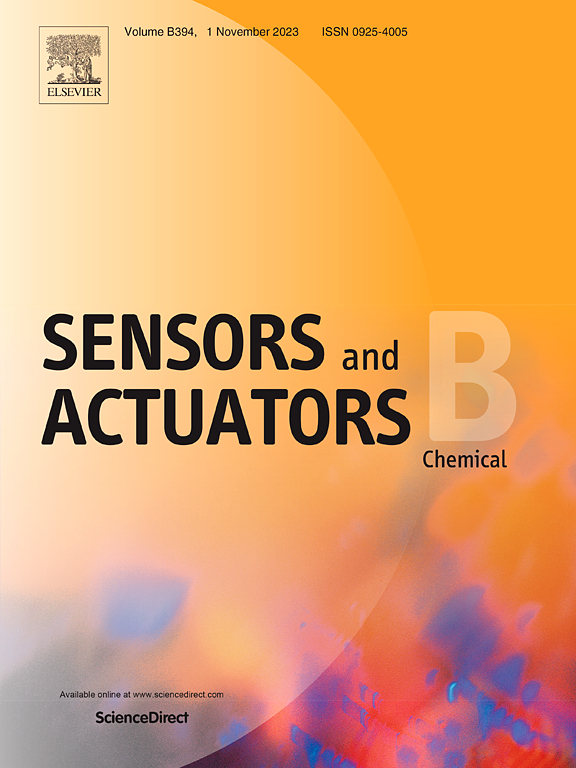Dual-mode detection of malathion under neutral conditions: Integrated application of specific nanozyme and time-resolved europium probe
IF 8
1区 化学
Q1 CHEMISTRY, ANALYTICAL
引用次数: 0
Abstract
This study develops a dual-mode colorimetric-fluorescent sensor for malathion detection, capable of functioning directly under neutral conditions. The sensor integrates the highly specific Cu-MIL-53(Fe)-2 nanozyme and a long-lifetime europium-based probe. Unlike traditional acetylcholinesterase catalytic systems, this method utilizes an alkaline hydrolysis strategy to generate thiol groups, which significantly reduces detection costs and avoids the common issues of enzyme instability and false positives associated with conventional biological enzyme systems. Unlike traditional methods relying on acetylcholinesterase inhibition, the hydrolysis process is based on a "multiple condition tandem protection" mechanism, offering higher specificity. The hydrolysis products simultaneously trigger a broad-range visible colorimetric "off" signal and a highly sensitive fluorescent "on" signal, with the two signals cross-verifying each other to greatly enhance detection accuracy. The Cu-MIL-53(Fe)-2 nanozyme demonstrates exclusive peroxidase activity under neutral conditions, effectively solving the issue of conventional nanozymes only working in acidic environments, thus ensuring compatibility with practical detection settings. Its specific enzyme activity also effectively mitigates interference from nonspecific enzyme reactions. Additionally, combining the long-lifetime Eu(PDA)3 probe with time-resolved properties significantly eliminates background fluorescence interference, enhancing the signal-to-noise ratio. Through this design, the study provides a reliable, cost-effective method for malathion detection with high specificity and precision.
求助全文
约1分钟内获得全文
求助全文
来源期刊

Sensors and Actuators B: Chemical
工程技术-电化学
CiteScore
14.60
自引率
11.90%
发文量
1776
审稿时长
3.2 months
期刊介绍:
Sensors & Actuators, B: Chemical is an international journal focused on the research and development of chemical transducers. It covers chemical sensors and biosensors, chemical actuators, and analytical microsystems. The journal is interdisciplinary, aiming to publish original works showcasing substantial advancements beyond the current state of the art in these fields, with practical applicability to solving meaningful analytical problems. Review articles are accepted by invitation from an Editor of the journal.
 求助内容:
求助内容: 应助结果提醒方式:
应助结果提醒方式:


